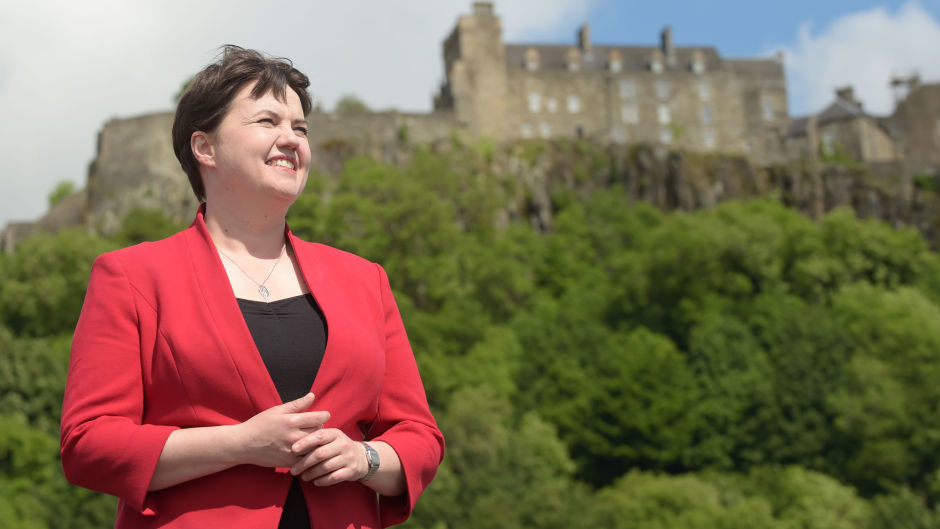
EARLIER this year in the Scottish Parliament, the leader of the Scottish Conservatives held up her hand in a stop sign and dismissively told Nicola Sturgeon to “sit down”.
For an SNP leader –whose raison d’être is to stand up for Scotland – to be told to sit down by a Tory during a debate on a second independence referendum was gob-smacking.
But, perhaps, it was also a salutary warning of what was to come.
Three months later, in the snap General Election, the SNP lost 21 of the 56 Westminster seats it had won two years earlier.
Ruth Davidson, meanwhile, had increased her tally from just one MP to 13 and is now being hailed as a future prime minister.
Almost on the turn of a dime, Davidson’s fortunes have transformed. Forgotten is the fact that, in 2015, she presided over the worst election result for the Tories in Scotland since records began and despite the billing, still hasn’t actually ever won one. For now, she’s a True-Blue saviour who secured Theresa May’s stay in No. 10.
The snap election came hard on the heels of the local government elections which saw the Tories exceed expectations and followed on from last year’s Scottish Parliament ballot in which the SNP lost its majority, put the Tories ahead of Labour to become the main opposition at Holyrood, and prompted Davidson to boast she had put Sturgeon’s government on notice to quit.
And because politics is all about momentum, Sturgeon today went into her party conference with, inevitably, much of the commentary focused on the rise of the Tories and the fall or flat-lining of the SNP.
But, like much in politics, nothing is quite as it seems. And while it is true, that after 10 years in government, the SNP is starting to fail against some of its own ambitions, they are by no means at so-called “peak Nat”.
Sturgeon remains the most popular political leader in Scotland. Her party commands a large majority of MSPs and three times as many MPs as the Scottish Tories.
The SNP has won nine out of the 10 elections it has fought since 2007, outperforms all other parties in opinion polls for the next Holyrood vote, and, even with a slight drop from its 120,000 high, has more members than all of the other parties put together – and then some.
And, despite everything, support for independence still sits where it was in 2014, at around 45% – certainly too close for any prime minister to risk a new vote.
Plus, importantly for Sturgeon, the SNP still has a mandate from the Scottish Parliament for a second referendum in this parliamentary term which means, despite hollow pleas from the Tories to put it finally to bed, independence remains very much game-on.
But with no election for another four years, Sturgeon also knows she must perform a difficult balancing act of keeping the campaign for independence alive while also reassuring the electorate her focus is on governing the country for the benefit of all.
Meanwhile, it is Brexit, for which Ruth Davidson and her party colleagues must take ultimate culpability for, and it is Brexit that could help write that next constitutional chapter.
Mandy Rhodes is editor of Holyrood Magazine, find her on Twitter @HolyroodMandy

Enjoy the convenience of having The Sunday Post delivered as a digital ePaper straight to your smartphone, tablet or computer.
Subscribe for only £5.49 a month and enjoy all the benefits of the printed paper as a digital replica.
Subscribe